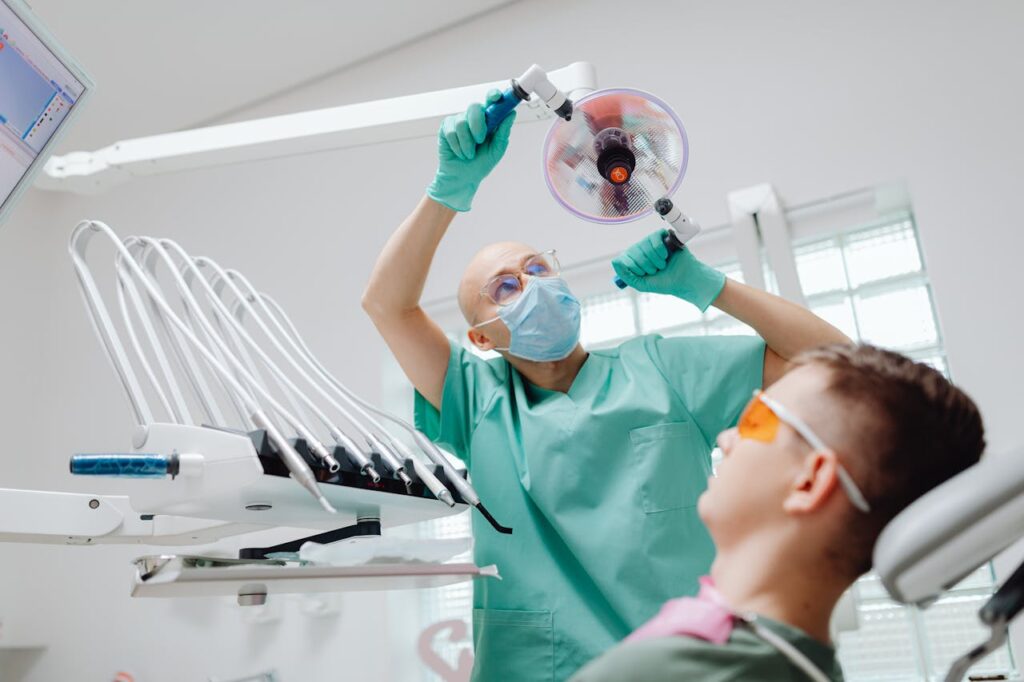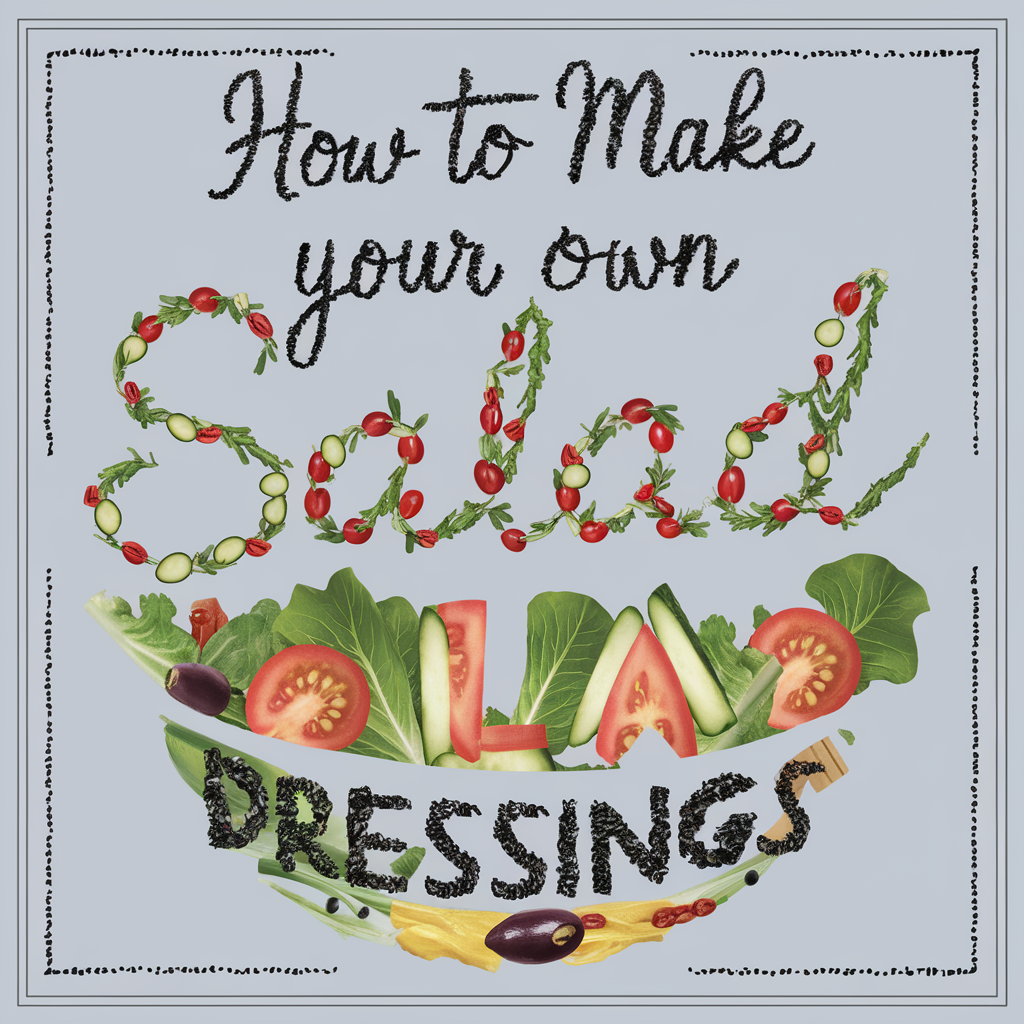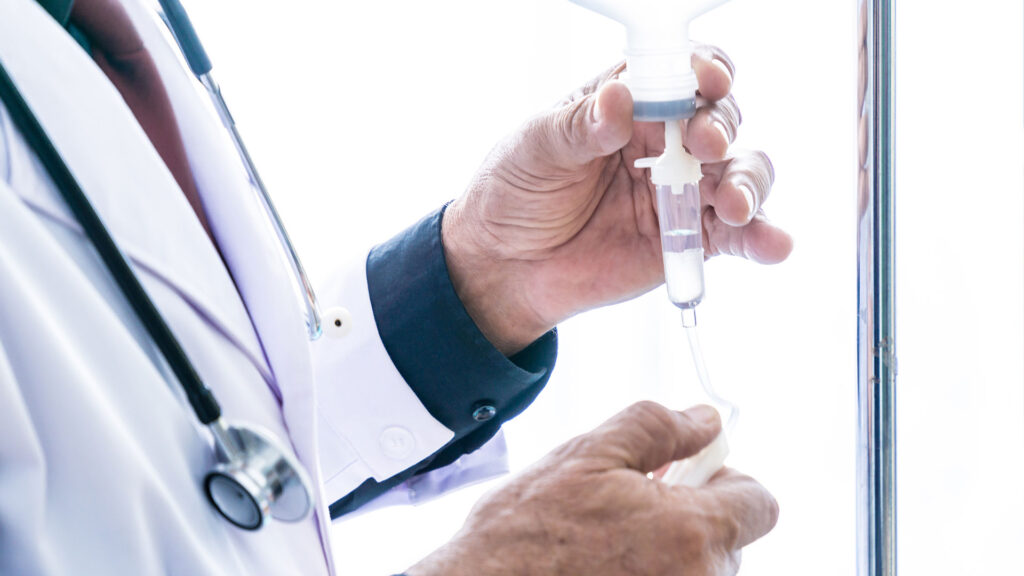There was a time when going to the dentist meant one thing: you were already in trouble. A toothache, a broken filling, something sharp enough to keep you awake at night. You’d wait it out until you couldn’t anymore, and then you’d go in. That was the rhythm.
But the story’s different now. Dentistry has moved from waiting to preventing. From “let’s fix what’s broken” to “let’s keep it from breaking in the first place.” Cleanings, checkups, fluoride, and even the way dental implants work today are all part of this bigger shift. Modern care isn’t just about teeth. It’s about long-term health.
From Fixing Problems to Preventing Them
Not too long ago, most people thought of dentists as problem solvers. Pain meant a filling. A cracked tooth meant hoping it could be saved. Everything was reactive.
Preventive care flips that script. It says, ‘Don’t wait for the pain.’ Catch it before it grows. Something as simple as two cleanings a year, or a quick fluoride treatment, can save you from a root canal later. Prevention saves money. It saves stress. And honestly, it saves you from those long nights with an ice pack on your cheek, waiting for morning.
It’s really a shift in mindset. You’re no longer waiting for the fire. You’re keeping the matches out of reach.
Technology Has Changed the Game
In the past, dentists had to guess. They couldn’t always see the problem until it showed itself, usually through pain. But technology doesn’t wait. Digital X-rays, 3D scans, and even lasers can catch things way earlier than your nerves ever could.
Think about lasers. They’re gentler, less bleeding, faster healing. A small cavity can be treated before it eats half your tooth. Digital scans? They can track changes in your bite, your gums, and even your bone health over time.
And the best part: it’s personal. Care is no longer one-size-fits-all. It’s built around you, your risks, your history, your goals.
When Treatment Becomes Prevention
Of course, prevention doesn’t mean you’ll never need treatment. Life happens—accidents, aging, even genetics. But the idea now is that treatment itself can prevent future problems.
Take dental implants. Years ago, a missing tooth might have been replaced with a bridge, but bridges can cause stress on nearby teeth. Over time, that meant more issues. Implants, though, keep your jawbone strong, your bite steady, and your smile intact. They don’t just fix the gap. They stop new problems from forming.
That’s prevention too; choosing treatments that hold strong for the long run. That’s choosing yourself.
Prevention Goes Beyond the Chair
Dentists can only do so much if your lifestyle undoes their work. What you eat, whether you smoke, and how you deal with stress, all show in your mouth.
Food plays a big role. Calcium, vitamin D, and less sugar; those things protect you. Smoking? It slows healing and raises the risk of gum disease. Stress? It shows up as grinding at night, which wears teeth down over time.
Prevention is a partnership. Your dentist handles the clinical side. You handle the daily choices. Something as small as swapping soda for water, or wearing a night guard if you grind, can save you years of problems.
Why It’s Bigger Than Teeth
It’s tempting to think oral health stops at your smile. But it doesn’t. Gum disease has been linked to heart issues, diabetes, and even memory problems. An untreated infection in the mouth can spread through the body and cause unimaginable illnesses that you never expected.
That’s why preventive dentistry matters so much. It’s not cosmetic. It’s not optional. It’s about protecting your entire body. It’s about monitoring whatever goes into your mouth. A healthy mouth is a foundation for a healthy life.
Final Thoughts
Dentistry isn’t just drills and fillings anymore. It’s a new way of thinking. Staying ahead of problems. Using treatments that not only fix but also protect. As soon as you walk into a dentist’s office today, you are not simply taking care of your smile; rather you are investing in your health, comfort and future. And that is the power of prevention. Less pain. Fewer surprises. More confidence, year after year.





